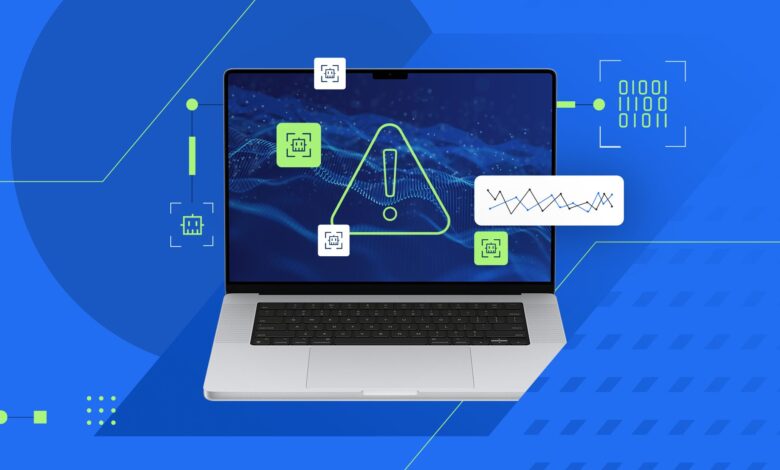
A new era of the Internet is emerging. Artificial intelligence is no longer just a backend capability or productivity tool – it is now an active participant in the digital ecosystem. From search and discovery to pricing, transactions and fraud, AI systems increasingly interact with websites and Application Programming Interfaces (APIs) autonomously, at speed and scale.
This shift is creating a new class of threat. Intelligent agents behave more like users than scripts. They blend into normal traffic patterns, bypass traditional defences, extracting value from digital environments in ways that were not previously possible. Security models built for a web of human interaction are struggling to keep up.
Outdated models in a new digital landscape
Many traditional bot management tools were designed for simpler forms of automation. These legacy defences rely on static signals such as known attack patterns or device fingerprints, leaving them vulnerable to adaptive modern automated threats. They re-sequence their activity and alter their behaviour to appear legitimate and avoid detection.
This is no longer a fringe problem. Across industries such as retail, ticketing, gaming, travel, and SaaS, attackers are using automation to exploit business logic at scale. Account takeovers, refund abuse and loyalty fraud are becoming more sophisticated and more damaging.
Netacea’s Threat Intelligence team has tracked digital marketplaces offering up to 45,000 stolen user accounts per day. In retail alone, online fraud losses surpassed 100 billion US dollars in 2023. The full cost is far greater when considering operational disruptions and reputational damage.
At the same time, the rise of large language models has introduced new scraping behaviours. Content, such as pricing, reviews, descriptions or editorial copy, is being quietly extracted by Large Language Models (LLMs) and reused without attribution. This undermines search rankings, drains value from original content and creates a growing gap between content creation and commercial return.
Understanding intent in an AI-driven web
To secure digital platforms in this new environment, organisations must shift their detection strategies. The key is not how traffic appears but what it is trying to achieve.
Netacea’s detection engine, Talos, uses intent-based analysis to detect threats based on behavioural context. Rather than looking for known indicators, it observes how users and automated agents interact with a site in real time. It identifies abnormal sequences and navigation flows that indicate malicious intent.
This allows it to discover threats that bypass legacy defences. Even when automation closely mimics real user behaviour, intent-based detection can uncover the differences.
Real-time defence without client-side trade-offs
Through processing every web request and API call as it happens, businesses can achieve instant detection and mitigation, ensuring that threats are blocked before they escalate. Organisations can maintain service availability and performance while protecting critical systems and user data.
Through an agentless, server-side design, Talos avoids the need for browser instrumentation or client-side integrations. This means less friction for users, simpler deployment, and consistent visibility across all traffic.
Securing the future of the AI-enabled web
The AI-enabled Internet is changing how websites are accessed, how content is consumed and how value is extracted online. Automation is no longer optional – it is embedded in digital business models and adversarial operations alike.
Bot mitigation now provides a key strategic function. Organisations that understand how automation interacts with their platforms will be better placed to enforce fair use and protect assets, ultimately enabling them to define the terms on which their content and services are consumed.
As automation becomes more intelligent and more pervasive, security must evolve in parallel. Intent-based detection, behavioural analysis and AI-powered defence are essential tools for navigating this next chapter of the Internet.





